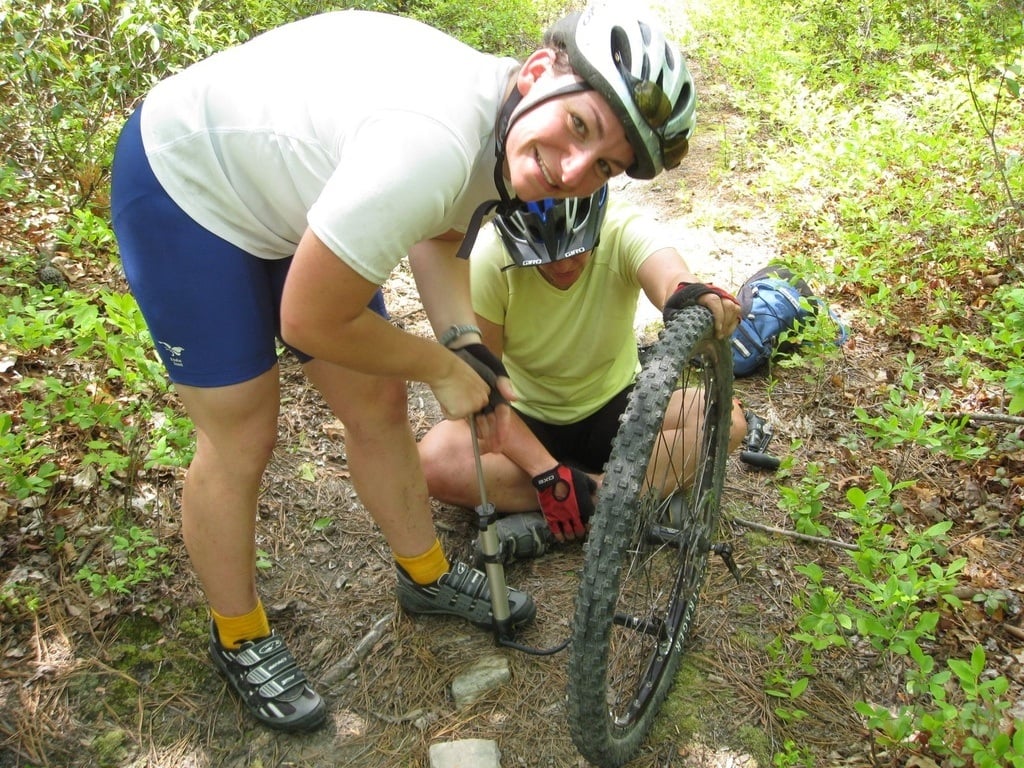I remember reading Tina Sellig’s (executive director of the Stanford Technology Ventures Program) book- What I wish I knew when I was 20. (I don’t know Tina, though I wish I did, and I love her book.) She gave her students the exact same problem. Here are her words, with my emphasis. If you don’t have time to read the whole thing, just skim and read the words in bold.
Each of fourteen teams received an envelope with five dollars of “seed funding” and was told they could spend as much time as they wanted planning. However, once they cracked open the envelope, they had two hours to generate as much money as possible. I gave them from Wednesday afternoon until Sunday evening to complete the assignment. Then, on Sunday evening, each team had to send me one slide describing what they had done, and on Monday afternoon each team had three minutes to present their project to the class. They were encouraged to be entrepreneurial by identifying opportunities, challenging assumptions, leveraging the limited resources they had, and by being creative.
But most of my students eventually found a way to move far beyond the standard responses. They took seriously the challenge to question traditional assumptions—exposing a wealth of possibilities—in order to create as much value as possible. How did they do this? Here’s a clue: the teams that made the most money didn’t use the five dollars at all. They realized that focusing on the money actually framed the problem way too tightly. They understood that five dollars is essentially nothing and decided to reinterpret the problem more broadly: What can we do to make money if we start with absolutely nothing? They ramped up their observation skills, tapped into their talents, and unlocked their creativity to identify problems in their midst—problems they experienced or noticed others experiencing—problems they might have seen before but had never thought to solve. These problems were nagging but not necessarily at the forefront of anyone’s mind. By unearthing these problems and then working to solve them, the winning teams brought in over $600, and the average return on the five dollar investment was 4,000 percent! If you take into account that many of the teams didn’t use the funds at all, then their financial returns were infinite.
As the evening wore on, they made several interesting observations. First, they realized that the female students were better at selling the reservations than the male students, probably because customers were more comfortable being approached by the young women. They adjusted their plan so that the male students ran around town making reservations at different restaurants while the female students sold those places in line. They also learned that the entire operation worked best at restaurants that use vibrating pagers to alert customers when their table is ready. Physically swapping pagers made customers feel as though they were receiving something tangible for their money. They were more comfortable handing over their money and pager in exchange for the new pager. This had an additional bonus—teams could then sell the newly acquired pager as the later reservation time grew nearer.
For this team, as well as for the team making restaurant reservations, experimenting along the way paid off. The iterative process, where small changes are made in response to customer feedback, allowed them to optimize their strategy on the fly. Tina was trying to teach her students something. And she gave them a powerful gift– she helped them see for themselves that they were boxing themselves in with limitations. Yes, a lawyer could make money just working a couple of hours. Yes, it takes time and physical effort to make money. But what are the assumptions you’re making in your daily life? What are you not looking at? What have you taken for granted? Anybody can ask you those questions, but not everybody can set you up and put you in a place that makes you most receptive to appreciating the full power of those questions. If you can tell me that you go about your life questioning every assumption and leveraging every hidden advantage, sure. But are you? What would it take to get you to start doing that?




